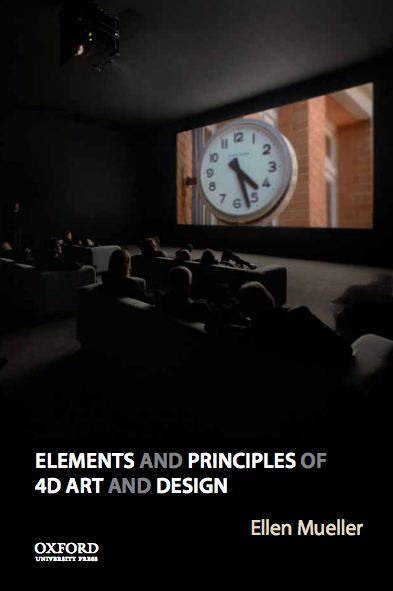ALL-OVER PATTERN
Formal structures may not necessarily be visible, but we know through the order and/or system that they impose on the relationship of forms.
The square modular grid is the most frequently used repetition structure.
Grids can be varied by changing its subdivisions
Changing angles in which lines intersect can create a sense of movement.
Rows of subdivisions can slide in either direction systematically or irregularly. (brick layout, half drop)
Rows can be reflected and repeated (Herringbone, chevron)
Triangle grid, (Sierpinski Triangle) A fractal is a natural phenomenon or a mathematical set that exhibits a repeating pattern that displays at every scale.
(Tessellation) Hexagonal and Octagonal grids Circle grid (overlapping and negative space creates alternate shapes)
GRADATION STRUCTURE
Morphing one shape into another occurs along a path and in intervals.
Transformation/metamorphosis. The number of steps determines the speed of gradation.
These squares show a gradation in size.
Gradual shape changes indicate forces of tension or compression. Shapes appear as if they are elastic, easily affected by push or pull.
This allows a black form on a white ground to become a white form on a black field.
Alternating gradations can be a way of interweaving units or linear structures.
Similar to the grid repetition structures, but now subdivisions change in shape and/or size in graduated sequences.















